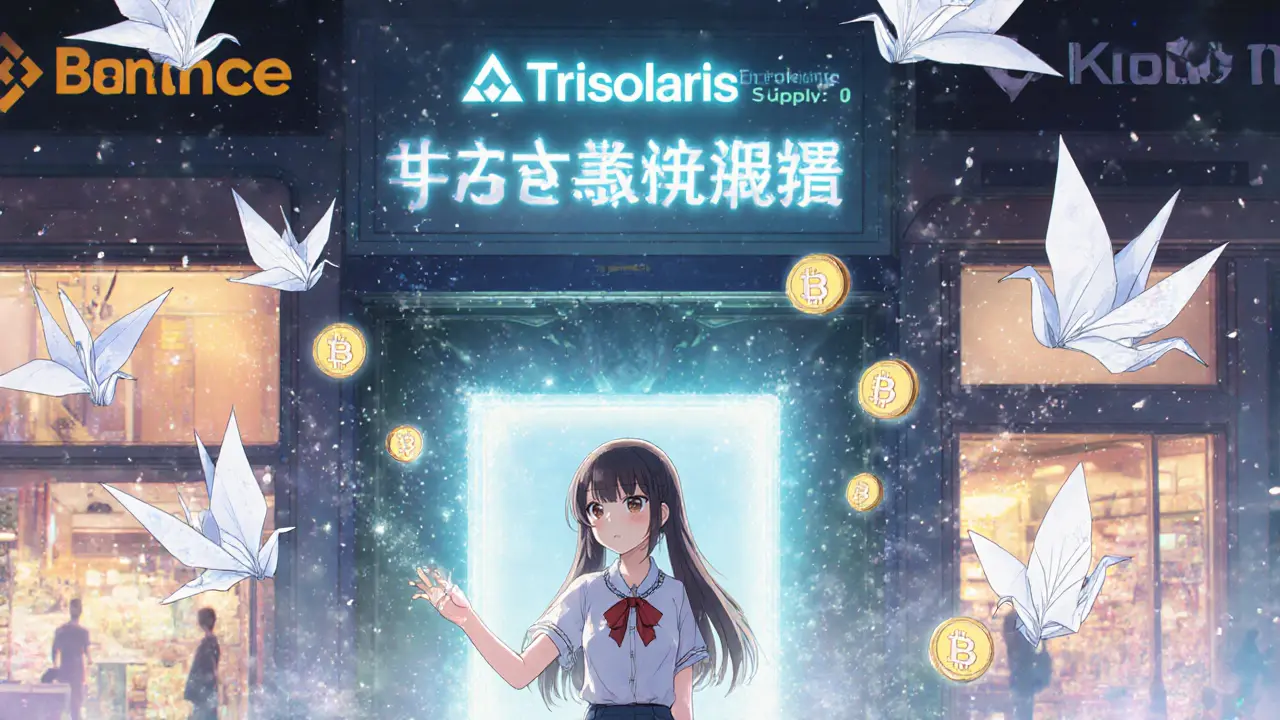TRI token: What It Is, How It Works, and What You Need to Know
When you hear TRI token, a blockchain-based digital asset often tied to decentralized finance protocols. Also known as TRI cryptocurrency, it's designed to power specific functions within a network—like governance, staking, or access to services. But unlike Bitcoin or Ethereum, TRI isn’t a household name. It’s one of hundreds of niche tokens that pop up on smaller exchanges, often tied to obscure projects with little public documentation.
TRI token usually shows up in the same spaces as other low-cap DeFi tokens—think yield farms on obscure chains, airdrops with no clear roadmap, or DEXs that don’t list their team. You’ll find it mentioned alongside tokens like WVSG, a wrapped token with zero trading volume and no transparency, or GOO, a Play-to-Earn token that collapsed after the game lost players. These aren’t random examples. They’re warning signs. If a token’s whitepaper is missing, its team is anonymous, and its liquidity is under $100K, it’s not an investment—it’s a gamble.
What makes TRI different isn’t its tech—it’s how people treat it. Some chase it because it’s listed on a new exchange. Others buy it after seeing a fake Twitter thread claiming it’s "the next big thing." But real value doesn’t come from hype. It comes from usage. Look at tokens like FARM, a DeFi yield optimizer that had real users and audits before it faded. Even then, it didn’t last. Most tokens like TRI never get that far.
You won’t find TRI in major wallets or on top exchanges like Coinbase or Kraken. If you see it, check the contract address. Look for audits. Check if anyone’s actually trading it. Most of the time, the answer is no. That’s why the posts here don’t praise TRI—they expose what’s behind it. You’ll read about tokens that vanished overnight, exchanges that disappeared, and airdrops that paid out nothing. These aren’t stories about failure. They’re lessons in how crypto really works when the marketing stops.
There’s no magic here. No secret algorithm. No billionaire backing. Just code, liquidity, and people hoping you’ll buy before the price drops. If you’re thinking about TRI token, ask yourself: Do I know what this actually does? Who built it? Can I withdraw my money if things go wrong? If the answers are unclear, you’re not investing—you’re speculating. And in crypto, that’s the fastest way to lose money.
The posts below don’t sugarcoat anything. They show you what’s real, what’s fake, and what’s just noise. You’ll learn about tokens that looked promising but collapsed, exchanges that vanished, and airdrops that turned out to be scams. This isn’t a guide to getting rich. It’s a guide to not getting ruined.
Trisolaris Crypto Review: Is TRI a Real Exchange or a DeFi Token?

Trisolaris (TRI) is not a crypto exchange - it's a DeFi token with zero circulating supply and no real trading activity. Learn why it's not a viable investment and where to find legitimate DeFi options instead.
